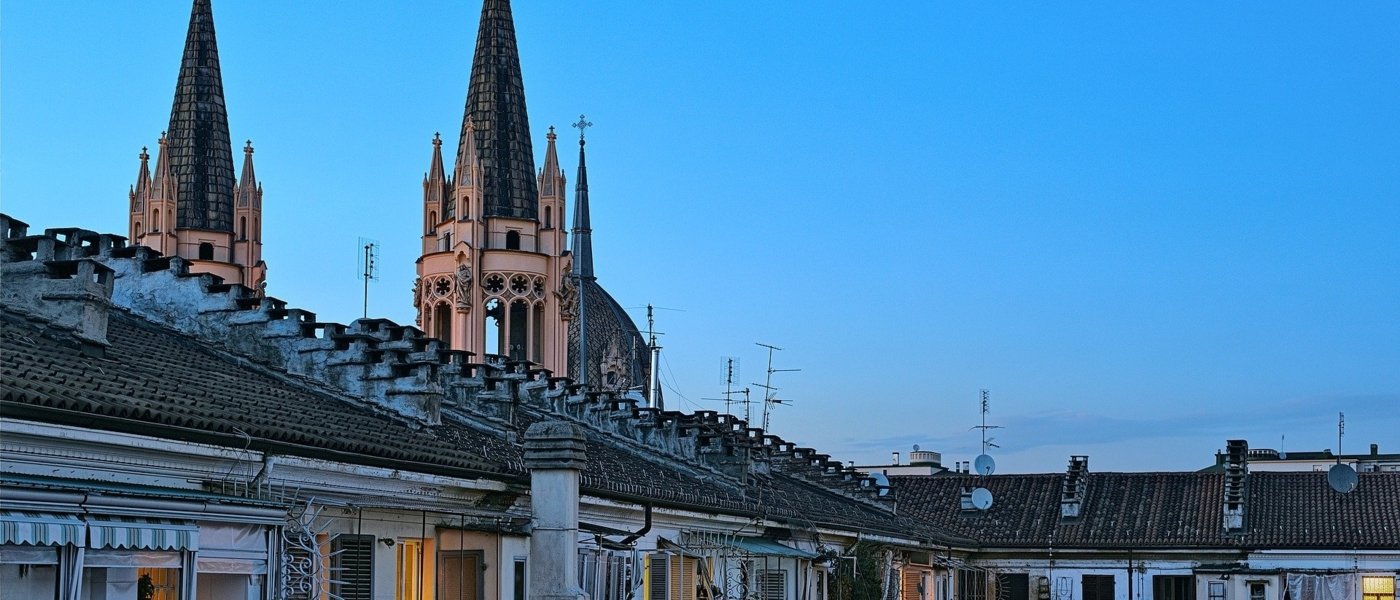Yet, these two stars of Piedmont wine account for less than 5% of wine in Piedmont, so there is plenty to discover. Asti Spumante, Moscato d’Asti and Gavi are the mainstays of Piedmont white wine, but Roero Arneis, once a blending partner to soften the tannic Nebbiolo is also gaining in popularity in Piedmont.
Wine lovers in search of new varieties for their bucket list should thus look no further than Piedmont, Italy. Wine is produced in a range of styles from a bewildering array of varieties.
The misty Langhe, centred around the attractive Piedmont wine town Alba, is home to the iconic Nebbiolo, but also hosts Barbera, the most planted red variety in Piedmont, and Dolcetto, meaning ‘little sweet one’, confusing as Dolcetto is most definitely not a sweet red wine. Barbera offers flavours of cherry and herbs and relatively high acidity, whereas fruity, tannic Dolcetto is lacking in acidity despite being loaded with plenty of dark fruit and is therefore best drunk young. Barbera boasts two DOCG – Barbera d’Asti and Barbera del Monferrato – and Dolcetto three – Dogliani, Dolcetto di Ovada Superiore and Dolcetto di Diana d’Alba.
Nebbiolo, Barbera and Dolcetto make up the lion’s share of Piedmont red wine, but there are plenty of other reds to discover in the region. Sweet, bubbly, floral Brachetto d’Acqui is light and tastes of strawberries. Two different Malvasia Nera also make the delightfully fragrant, sweet red bubblies of Malvasia di Casorzo and Malvasia di Castelnuovo Don Bosco. Delicate Freisa, related to Nebbiolo, is spicy with cherry and strawberry notes and is also made in a sparkling style, for example Freisa di Chieri. Grignolino yields light coloured wines with strawberry fruit and plenty of acidity and tannins. It’s at its best as Grignolino di Monferrato Casalese. Another unusual Piedmont red wine to check out is Ruché di Castagnole Monferrato, one of the lowest production varietals in Italy with just 40 hectares under vine. A delicious medium-bodied wine with flavours of wild berries, pepper and floral notes. Light red Pelaverga bursts with cherries and raspberries and may have a touch of fizz.
Reds may dominate the wines of Piedmont, but there are several unusual white varieties to seek out too. Erbaluce, a bright, acidic variety with flavours of apple and herb, is centred around the Erbaluce di Caluso DOCG. It can be made as a dry, sparkling or sweet passito wine. Its high acidity means it’s ideally suited for sweet wine production, but it needs plenty of fruit to balance the acidity in the dry versions. Favorita, grown in the Roero district near Alba is related to the Ligurian varieties Vermentino and Pigato. Exhibiting intense pear notes and good acidity, when planted in warmer sites it may also develop minerality and notes of sea salt. Nascetta, the only white vine native to the Langhe, is only made by a handful of producers centred around the commune of Novello. Nearly lost after phylloxera, it was only re-planted in a small number of parcels. A delicately aromatic wine with floral and herbal notes. This is one wine you definitely won’t find at your local Italian.
Piedmont wines encompass the mighty, the everyday, the esoteric and the obscure and certainly some of the best Piedmont wines are made from these obscure esoteric varieties which still fly under the radar of most wine drinkers. So, they are certainly worth checking out en situ.
In fact, anyone looking to discover more about Italian wine, Piedmont is a must. At Wine Paths, our team of local experts can guide you through the bewildering array of wines from Piedmont.
If you're interested in one of our Piedmont Wine Tours, please visit this link.






